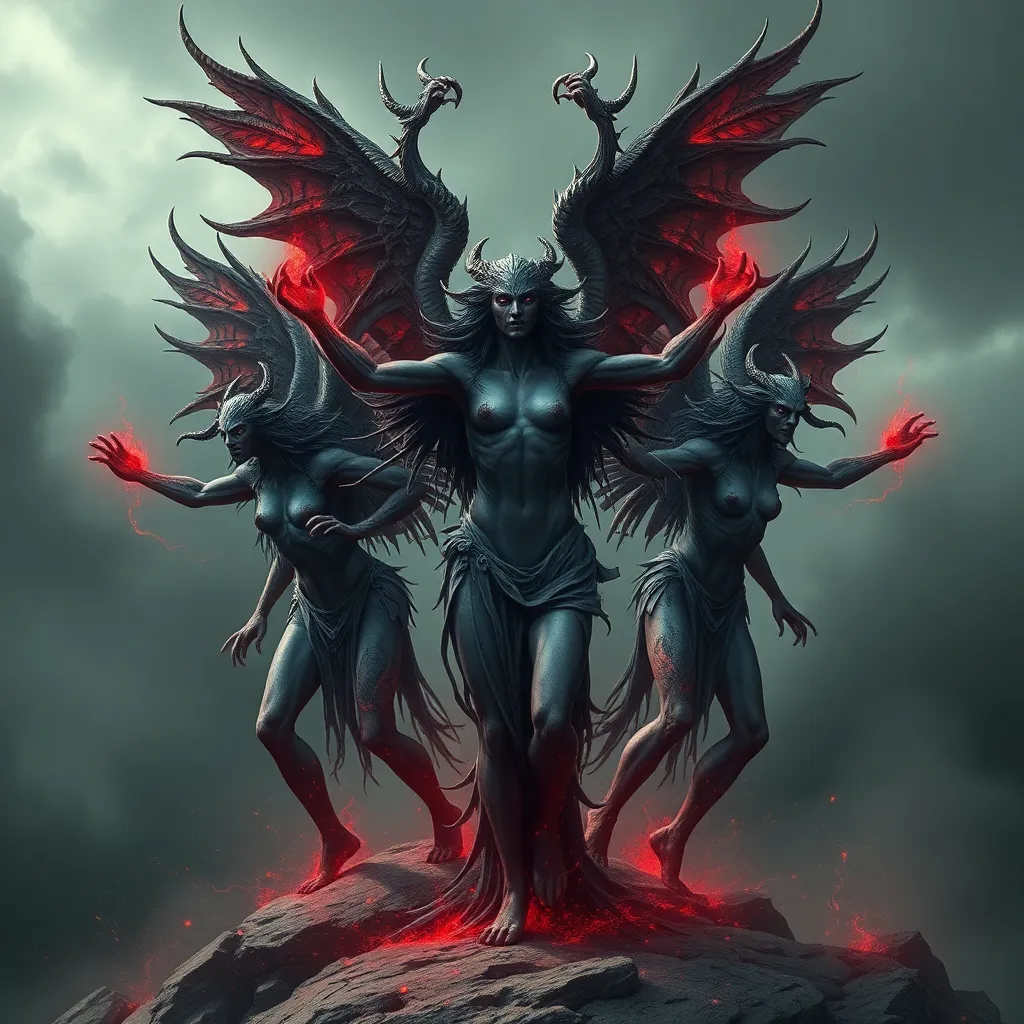The Naga in History: Serpent Legends and their Historical Context
I. Introduction
The term “Naga” refers to a serpent deity found in various cultural mythologies, predominantly in South and Southeast Asia. These legendary beings embody a rich tapestry of significance, symbolizing fertility, rain, and protection. Across different cultures, the Naga has been revered and feared, representing both the nurturing aspects of nature and the darker forces that could bring destruction. This article aims to delve into the historical context and cultural significance of the Naga, exploring their origins, representations in art and literature, and their role in religious practices.
II. Origins of Naga Legends
The origins of Naga mythology can be traced back to ancient South Asian civilizations. The roots of these legends intertwine with the development of societal norms, agricultural practices, and religious beliefs.
In ancient texts and scriptures, such as the Vedas, Puranas, and Buddhist texts, the Naga is frequently mentioned. These scriptures present a complex view of the Naga, depicting them as both benevolent beings that protect humans and malevolent forces that can bring chaos. The Naga’s dual nature reflects the intricate relationship between humans and nature in the context of survival and reverence.
III. Naga as Symbols of Fertility and Rain
In agricultural societies, the Naga plays a critical role as a symbol of fertility and rain. The belief that Naga control water sources and agricultural fertility has led to their veneration in various rituals and ceremonies.
- Rituals: Many communities perform rituals to appease the Naga, especially during the planting and harvesting seasons. Offerings of rice, milk, and flowers are common.
- Festivals: Festivals dedicated to Naga worship, such as Naga Panchami in India, celebrate the connection between the Naga and the agricultural cycle.
Such rituals highlight the importance of the Naga in ensuring bountiful harvests and stabilizing the agricultural economy.
IV. The Naga in Art and Literature
The representation of Naga in art and literature is abundant, showcasing their significance in cultural expressions. Ancient art forms, such as sculptures and carvings, often depict Naga in elaborate designs.
- Art Forms: Naga figures can be found in temples, caves, and ruins throughout South Asia, often intricately carved with mythical motifs.
- Literature: Naga legends have profoundly influenced classical literature, contributing to epic tales in both Hindu and Buddhist traditions. These narratives often explore themes of power, conflict, and transformation.
The enduring presence of Naga in art underscores their role as cultural icons, bridging the past and present.
V. Naga and Their Role in Religious Practices
The Naga holds a prominent place in religious practices, particularly in Hinduism and Buddhism, where they are seen as divine beings with protective qualities.
A. Naga in Hinduism: Deities and divine aspects
In Hinduism, Naga are often regarded as semi-divine beings associated with water and fertility. They are linked to various deities and are believed to provide protection from misfortune.
B. Naga in Buddhism: Guardians and protectors
In Buddhism, Naga are considered guardians of the Buddha and his teachings. They are depicted as protectors of the Dharma, often portrayed in art as coiling around sacred sites or images of the Buddha.
VI. Historical Accounts and Cultural Interactions
The spread of Naga legends across different regions reveals the cultural interactions that have shaped their perception. Historical accounts indicate that as trade routes expanded, so did the mythology surrounding the Naga.
- Regional Variations: Different cultures have adapted the Naga myth, leading to variations in stories and representations. For instance, in Southeast Asia, the Naga is often seen as a water deity, while in India, they are linked closely with fertility.
- Historical Events: Significant events, including migrations and conquests, have influenced the adaptation of Naga legends, allowing them to resonate with local beliefs and practices.
VII. Modern Interpretations of Naga Legends
In contemporary culture, there has been a resurgence of interest in Naga motifs, reflecting their significance in modern identity and cultural heritage.
- Contemporary Culture: Naga motifs are often incorporated into fashion, art, and design, symbolizing a connection to cultural roots.
- Popular Media: The portrayal of Naga in films, literature, and art has introduced these ancient legends to a broader audience, allowing for reinterpretation and exploration of their meanings in a modern context.
VIII. Conclusion
In summary, the Naga holds a vital place in the historical and cultural landscape of South and Southeast Asia. From their origins in ancient texts to their modern representations, the Naga embodies themes of fertility, protection, and the complex relationship between humanity and nature. Understanding Naga legends enriches our appreciation of cultural heritage and identity, reminding us of the enduring power of myth in shaping human experience.



